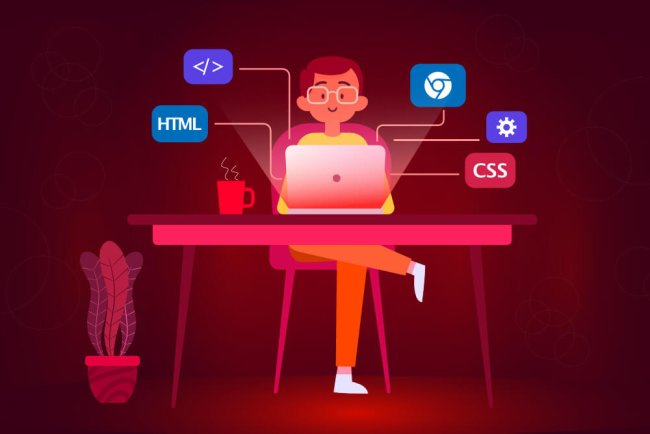Clean code principles and practices
Learn how to write clean code by following best practices and principles to improve readability, maintainability, and efficiency in your programming projects.

Clean Code Principles and Practices
Clean code is a concept that emphasizes writing code that is easy to read, understand, and maintain. It follows a set of principles and practices that help developers produce high-quality code that is efficient and reliable. Here are some key principles and practices of clean code:
1. Meaningful Names
Use descriptive and meaningful names for variables, functions, and classes. Names should clearly communicate the purpose and functionality of the code without the need for additional comments.
2. Single Responsibility Principle (SRP)
Each class or function should have a single responsibility and focus on doing one thing well. This helps in keeping the codebase modular, easier to understand, and maintain.
3. Don't Repeat Yourself (DRY)
Avoid repeating the same code or logic in multiple places. Instead, extract common functionality into reusable components or functions to reduce duplication and make the code more maintainable.
4. Keep Functions Small
Functions should be concise and focused on a single task. Aim to keep functions small and manageable, typically less than 20 lines of code. This makes it easier to understand, test, and debug.
5. Comments and Documentation
Use comments sparingly and only when necessary to explain complex logic or design decisions. Write self-explanatory code that doesn't require excessive comments to understand. Document public APIs and interfaces for better usability.
6. Testing and Test-Driven Development (TDD)
Write automated tests to validate the functionality of your code and ensure that changes don't introduce bugs. Practice Test-Driven Development (TDD) by writing tests before implementing the functionality, which leads to better-designed and more maintainable code.
7. Formatting and Consistency
Follow a consistent coding style and formatting conventions throughout the codebase. Use indentation, spacing, and naming conventions consistently to improve readability and maintainability.
8. Refactoring
Regularly refactor your code to improve its structure, readability, and maintainability. Refactoring involves restructuring code without changing its external behavior to make it cleaner and more efficient.
9. Error Handling
Handle errors gracefully and consistently throughout your codebase. Use meaningful error messages and avoid swallowing exceptions or hiding errors, which can lead to unexpected behavior and bugs.
10. Code Reviews
Conduct regular code reviews with your team to ensure adherence to clean code principles and identify potential issues early. Code reviews help in improving the quality of code, sharing knowledge, and fostering collaboration within the team.
Conclusion
Clean code is essential for building maintainable, scalable, and high-quality software. By following the principles and practices of clean code, developers can write code that is easy to understand, test, and maintain, leading to more efficient and reliable software applications.
What's Your Reaction?














